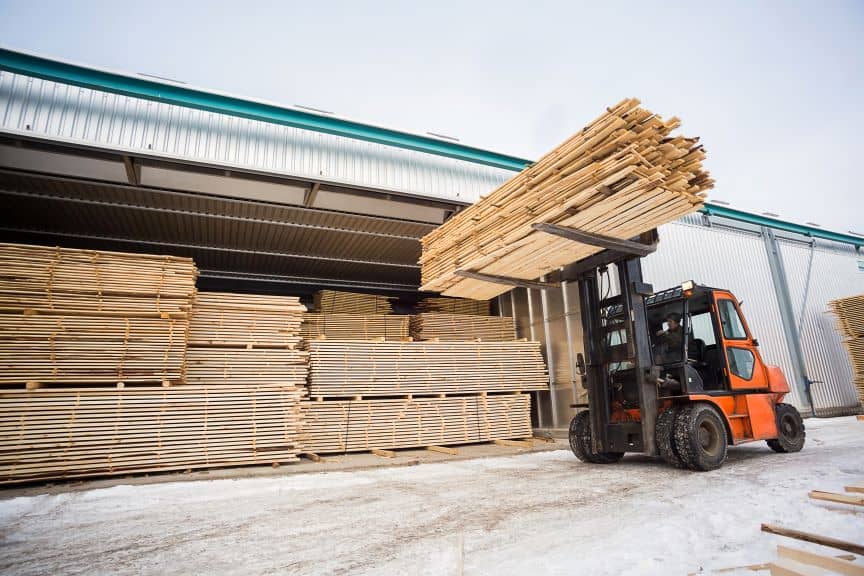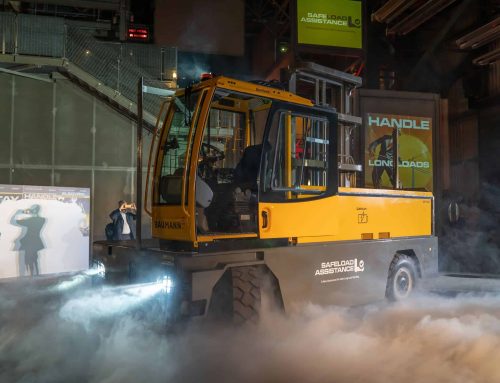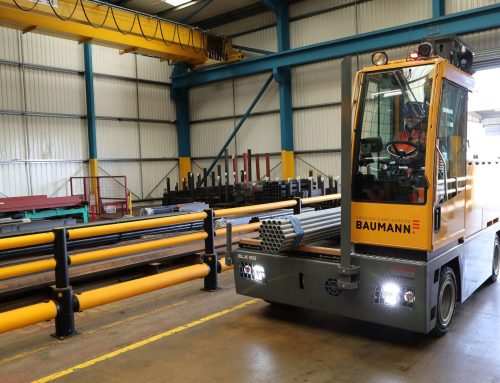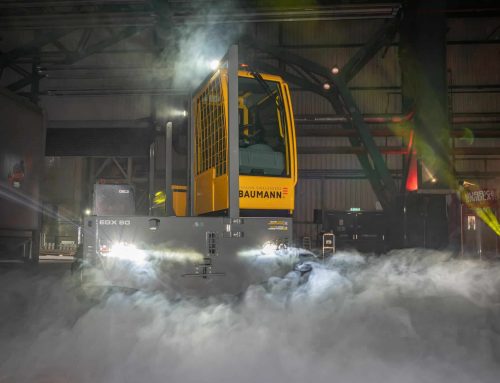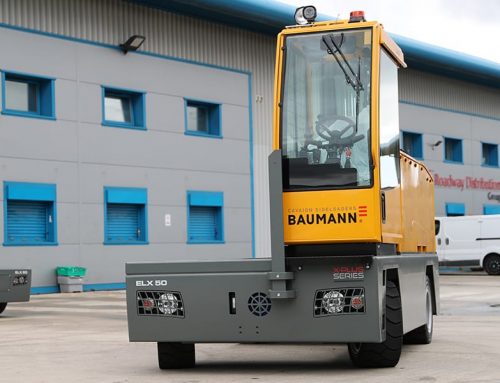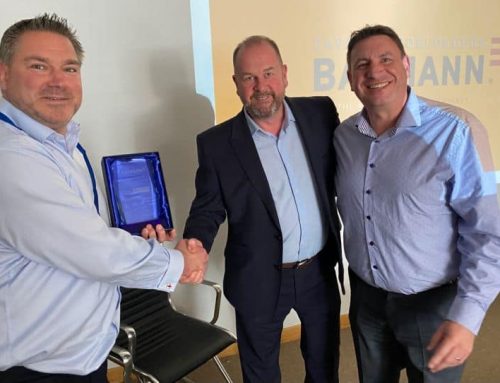Forklift Accidents
Efforts have been made over many years to improve forklift safety, but they can be dangerous machines. As the UK Health & Safety Executive succinctly puts it, “if you don’t use them properly, they can kill and injure people.”
Industry statistics in the United States cite a 90% probability of a forklift being involved in a serious injury or fatality accident over its useful lifetime. In 2021 alone, Ontario reported 633 forklift or industrial powered vehicle lost-time injuries.
The three major types of accidents involve machines tipping over, which is the most common cause of forklift-related fatalities, loads falling from the forks (one of the main causes of fatalities for pedestrians), or the most common type of accident overall, pedestrians being struck by moving vehicles.
For some observers, the stubborn way in which counterbalance forklifts continue to be used in long load operations is, frankly, staggering. Not only are they cumbersome and an inefficient use of space, they actively encourage bad practice. In North America, the practice is widespread, perhaps because of low awareness of the dangers or because an alternative is not readily known.
The Mouse Trap
Whilst carrying a pallet, the forklift operator does not have to worry about the width of the load as it is no wider than the truck. When travelling on a forklift with a long load, the load sticks out at right angles to the truck and the operator’s view is obscured by the mast directly in front.
As they gingerly make their way forwards with a long load, they need to look in three places at once – left, right and straight ahead – to ensure they don’t hit anything. If something, or someone, gets in the way they may lift the load to get past the obstruction, thereby operating in the most dangerous way possible – travelling with the load raised is one of the main causes of forklift tipping.
When carrying pallets, operators occasionally attempt to jump out if the forklift begins to tip over. The overhead guard usually cuts them in half – the so-called mousetrap effect. It’s led to compulsory seatbelts. OSHA (Occupational Safety and Health Administration) statistics show that about a quarter of all lift truck-related deaths are caused by forklift overturns.
With long loads, a tipping truck is likely to lose the load before it tips over. It’s possibly better for the operator, but again very dangerous for those nearby.
Sideloader Solution
Materials handling and storage expert, David Scammell, of 4K Systems, sums up the situation: “Without seeing the operation, we could not say what a forklift user has done previously is unsafe, but the risk is greater than if they had equipment that is designed to handle long and awkward loads correctly. Is this risk able to be mitigated or is it more appropriate to handle the load differently? – that would be my question.”
Having a way to carry long loads correctly in the first place, is not a new idea. Baumann sideloaders, equipment that evolved from the needs of lumber businesses over half a century ago, embody the challenges of transporting goods that are not easily palletised.
Designed to carry long loads securely, the mast reaches out to pick up loads, place them on the deck at the side and travel in a forwards direction, with the load lengthways. There’s a clear raised cabin for excellent views, auto deck levelling to keep the load steady on uneven ground and the risk of tipping or dropping the load is extremely low.
Lockheed Martin, Nova Tube, Metsä Wood, and Salit Steel have all grown their fleets in recent years. The most popular Baumann sideloaders are some of the most advanced, with users experiencing high performance over long shifts and greater distances.
Baumann’s electric ranges, the EGX and ELX Series, are the only 11,000lbs to 17,500lbs capacity sideloaders on the market that provide 120v capabilities, high efficiency, and long battery life.
The ELX also features additional outreach beyond the truck chassis, meaning operators have more visibility and space to reach out to loads and customers can potentially choose a narrower bed machine for additional storage, without sacrificing lifting capacity.
Ridgeons Forest Products operations manager, Eddie Hart, began the move to Baumann electrics in 2021. Said Eddie: “Sustainability is important to us. We also rely on our equipment to keep us safe and fully operational, and that’s why we look for right kit for the job.”
